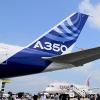Sign in to follow this
Followers
0

One dead as London-Singapore flight hit by turbulence
By
flee, in General Aviation

By
flee, in General Aviation